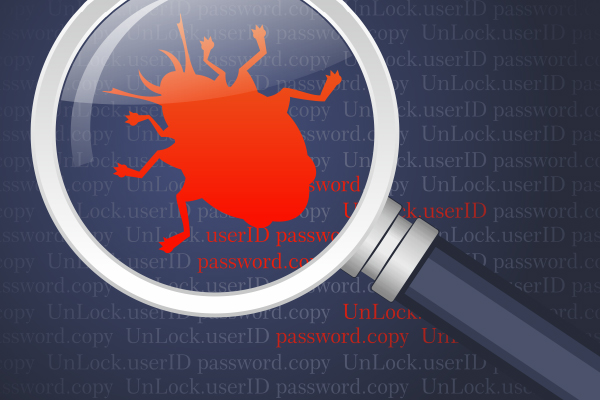HOW DOES A ROOTKIT ATTACK AND HOW TO PREVENT IT?
A rootkit is malicious software that gains root access, allowing it to execute commands with administrative privileges and giving the rootkit author user access on the computer.

HOW HACKERS INSTALL ROOTKITS ON THE COMPUTER
#1. Spear Phishing
A rootkit attack may occur through spear phishing. This is a spam email with a malicious attachment that installs a rootkit on the computer when the user opens it. The installation occurs in the background, making the user unaware of it.
#2. Fake Software
Another primary mechanism for conducting a rootkit attack is fake software. Due to a large number of applications being downloaded every day, hackers create fake software to trick users into downloading a rootkit on the computer without their knowledge. The software that contains a rootkit pretends to be a legitimate application on the internet.
#3. Drive-By Downloads
Just by visiting a website, a rootkit attack may occur. Hackers can insert malware like a rootkit on legitimate websites with poor website security. When you visit the website, a rootkit will install silently in the background. So, it is important to check the website reputation before loading it. Avoid visiting a website that is unencrypted, without HTTPS.
#4. Malvertising
Malvertising is another vehicle for a rootkit attack. It is short for malicious advertisement and conceals malware behind altered pixels. When the user clicks on the ad, it installs a rootkit.
#5. Exploit Kits
Exploit kits are tools not only for conducting a rootkit but also different types of malware attacks. They secretly scan websites and IoT devices for unknown system vulnerabilities and inject a rootkit. Outdated software and default passwords are usually exploited by exploit kits.
HOW DOES A ROOTKIT ATTACK COMPUTERS?
Backdoor Access
A rootkit is specifically created to create backdoor access, which allows a hacker to take control of the computer without being exposed. As mentioned, a rootkit gives a hacker user access, allowing them to change computer settings and modify critical data.
A hacker can access sensitive information and copy it. They can also turn the computer into a zombie computer, which means that they can use the computer for conducting cyber crimes through a central server. Through a rootkit, all these malicious activities stay hidden from the user.
Malware Concealment
Another objective of a rootkit is to conceal the presence of other malware on the computer. It prevents malware from getting detected and removed so it can carry out its goal. By modifying the security setting, a rootkit can prevent the removal of malware.
You may spot the malware, but you cannot uninstall it because your access will be denied. When malware comes with a rootkit, its removal becomes difficult.
HOW TO PREVENT A ROOTKIT ATTACK
- Avoid opening suspicious emails.
- Download legitimate software only.
- Keep software up to date.
- Check the website reputation.
- Install anti malware software.
Avoid Opening Suspicious Emails
One way to prevent a rootkit attack is to avoid opening a suspicious email, which can be one from an anonymous sender, with an enticing subject line, or that convinces you to act promptly. It could be spear phishing.
Download Legitimate Software Only
You can also prevent a rootkit attack by downloading software from verified publishers only. Cracked or illegal software is usually embedded with malware.
Keep Software Up to Date
Keeping your software updated is another good way to prevent different types of rootkits. A rootkit can get through a system vulnerability. Software updates patch system vulnerabilities.
Check the Website Reputation
By checking the website reputation before loading it, you can also prevent different types of rootkits. You can copy the URL and paste it into an online website scanner. It will scan the entire website for malware, malvertising, phishing URLs, and malicious pop-ups.
Install Anti Malware Software
Installing anti malware software is the best way to prevent a rootkit attack. It can detect varieties of malware and block them from getting onto your computer. Thus, anti malware protects your valuable files and personal information from getting hacked.
Xcitium Advanced Endpoint Protection
For complete rootkit protection, choose Xcitium Advanced Endpoint Protection. It is equipped with a Host Intrusion Prevention System, which is designed to detect different types of rootkits. It protects the computer memory and registry from malicious modifications. It also detects sophisticated malware that can get past the detection of the firewall and antivirus.
With advanced behavioral monitoring, Xcitium Advanced Endpoint Protection can detect harmful behaviors and protect your endpoint devices from advanced cyber attacks.
Conclusion
A rootkit attack can possibly result in an operating system reinstallation, so it is important to protect your computer from rootkits.
Download Xcitium Advanced Endpoint Protection for complete malware protection.



